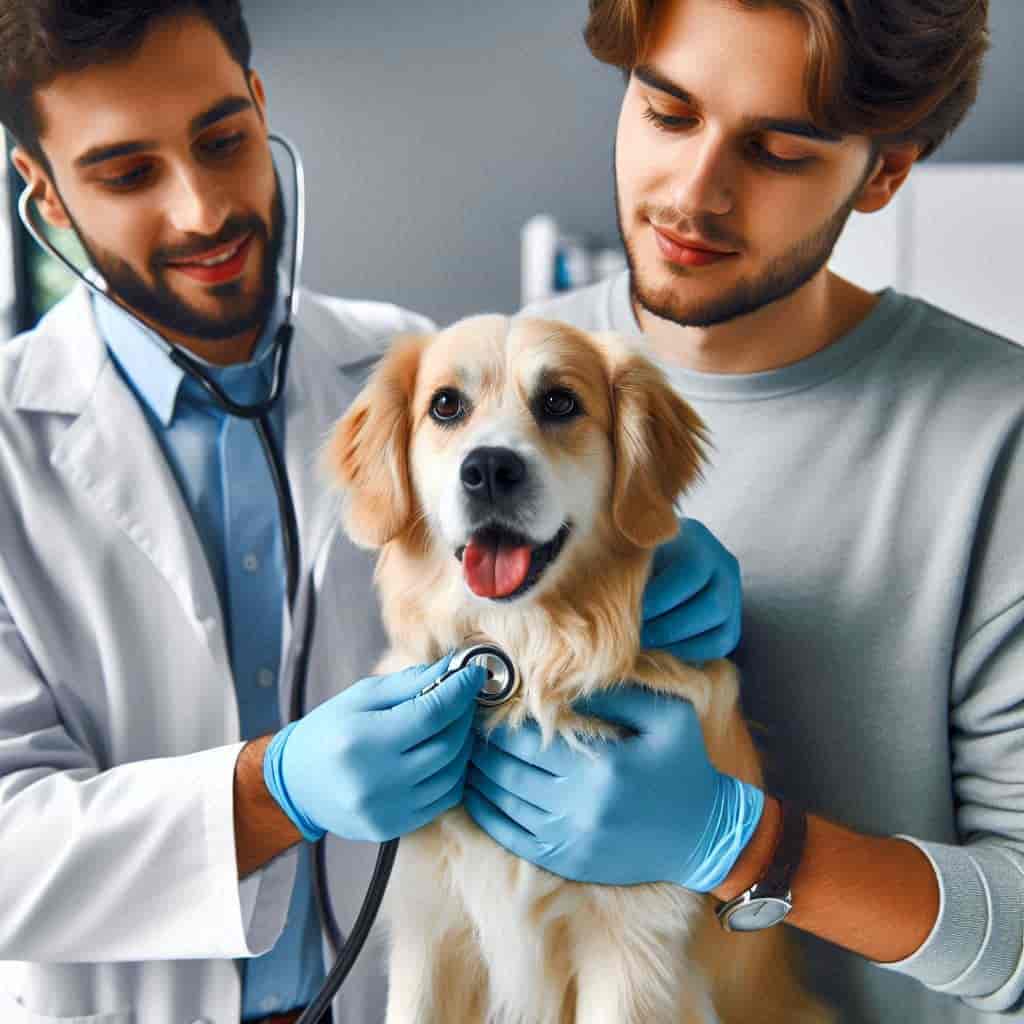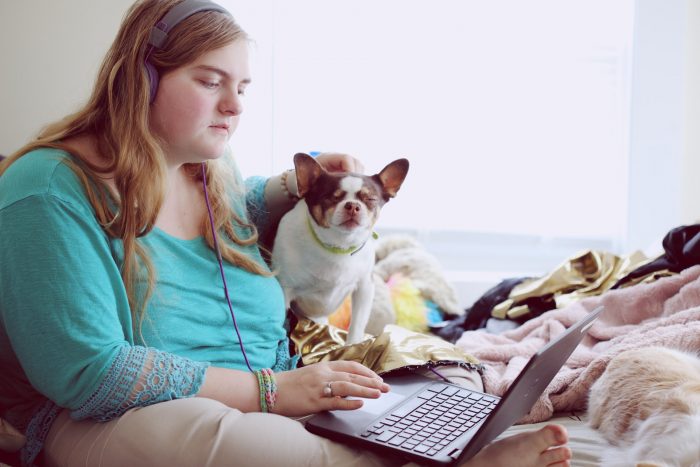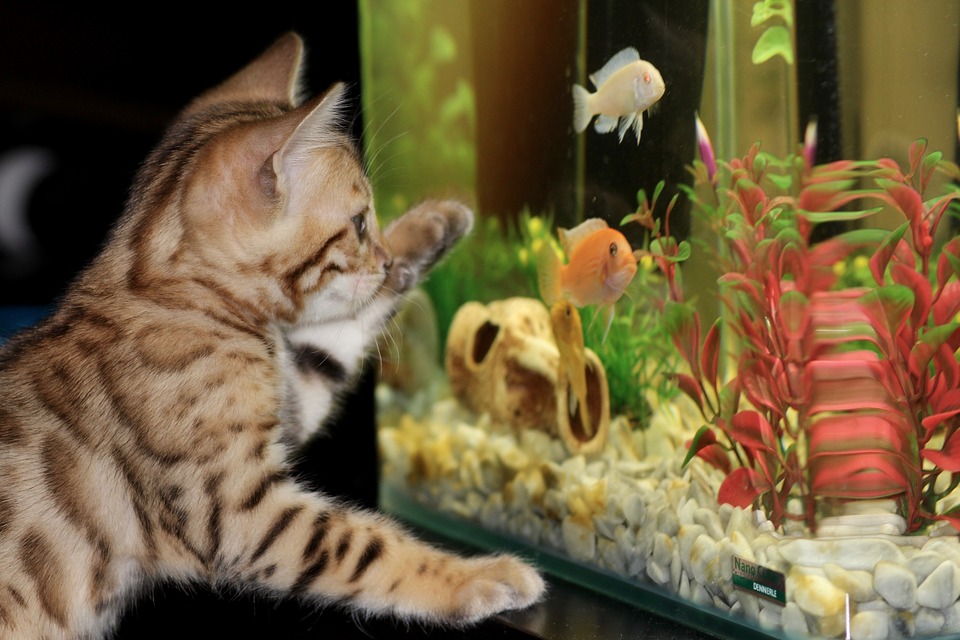
Nothing compares to the joys of coming home into a faithful companion. The unconditional love of a puppy may do more than just keep your business. Pets can also reduce anxiety, improve heart health, and also help kids with their psychological and social abilities. An estimated 68 percent of U.S. families have a pet. But that benefits from a monster? And which sort of pet brings health gains? Within the previous ten decades, NIH has partnered with all the Mars Corporation’s WALTHAM Centre for Pet Nutrition to answer queries such as these by financing research studies. Researchers are considering what the possible physical and psychological health benefits are to get distinct creatures –from fish into guinea pigs to cats and dogs.
Potential Health Effects
Research human-animal interactions remain relatively fresh. A number of studies demonstrate positive health consequences, however, the results are mixed. Interacting with animals was demonstrated to reduce levels of cortisol (a stress-related hormone) and reduced blood pressure. Other studies have discovered that animals can lower loneliness, raise feelings of social assistance, and also enhance your mood.
Even the NIH/Mars Partnership is financing a selection of studies centered on the connections people have with animals. By way of instance, scientists have been looking into how creatures may impact child growth. They are analyzing animal connections with children who’ve autism, attention deficit hyperactivity disorder (ADHD), along with other ailments.
“There is no one response about the way a pet may help someone with a particular condition,” clarifies Dr. Layla Esposito, which manages NIH’s Human-Animal Interaction Research Program. “Is the wish to boost physical activity? Then you may gain from having a puppy. You need to walk through a dog many times every day and you are likely to improve physical activity. If your objective is decreasing anxiety, occasionally watching fish swim may lead to a sense of calmness. So there is no one type fits all.”
NIH is funding large scale polls to discover the assortment of pets individuals live together and their relationships with their own pets relate to wellness.
“We are attempting to tap to the abstract quality of the connection with the creature –that portion of this bond people believe with critters –and how that translates into a number of their wellness advantages,” explains Dr. James Griffin, a child development specialist at NIH.
Animals Helping Folks
Animals can function as a source of support and comfort. Therapy dogs are particularly great at this. They are occasionally brought in to hospitals or nursing homes to help decrease patients’ anxiety and nervousness.
“Dogs are extremely current. If somebody is struggling with something, then they understand how to sit and be loving,” states Dr. Ann Berger, a doctor, and researcher in the NIH Clinical Center in Bethesda, Maryland. “Their focus is centered on the individual all the time.”
Berger works with those who suffer from cancer and terminal illnesses. She educates them around mindfulness to help reduce tension and handle pain.
“The bases of mindfulness comprise focus, purpose, empathy, and consciousness,” Berger says. “All those things are matters that creatures bring to the table. Individuals kind of need to understand it. Animals do so ”
Researchers are analyzing the protection of attracting creatures into hospital settings since creatures may expose individuals to germs. A recent study is studying the protection of attracting dogs to see kids with cancer,” Esposito states. Scientists will soon be analyzing your children’s hands to find out whether there are harmful levels of bacteria that moved from the puppy following the trip.
Dogs can also assist in the classroom. 1 study discovered that puppies can help kids with ADHD focus their own attention. Researchers registered two classes of kids diagnosed with ADHD at 12-week group treatment sessions. The very first group of children reads into your therapy dog once per week for half an hour. The next class read to puppets that seemed like puppies.
Children who read into the actual creatures showed improved social skills and much more sharing, collaboration, and so forth. In addition, they had fewer behavioral issues.
Still another study found that kids who have autism spectrum disorder had been more moderate while enjoying guinea pigs from the classroom. When the kids spent 10 minutes at a supervised class playtime with guinea pigs, their stress levels fell. The kids also had improved social interactions and have been engaged with their own peers. The investigators indicate that the creatures offered unconditional approval, which makes them a serene relaxation to the kids.
“Animals may become a method of constructing a bridge to all those societal interactions,” Griffin says. He adds that investigators are attempting to understand these consequences and they may help.
Animals might assist you in other ways. A recent study revealed that caring for bass aided teenagers with diabetes manage their illness. Researchers needed a bunch of adolescents with type 1 diabetes treatment to get a pet fish two times daily by feeding and assessing water levels. Even the caretaking routine also included altering the tank water every week. This has been paired with all the kids reviewing their blood sugar (blood glucose) logs together with parents.
Researchers monitored how these teenagers checked their blood sugar. In comparison with teenagers who were not extended a fish to watch over, fish-keeping teenagers were more educated about assessing their own blood sugar levels, which is vital for preserving their wellness.
While pets can bring a vast array of health benefits, a creature might not work for everybody. Recent studies indicate that early exposure to pets might help shield young children from developing asthma and allergies. However, for those that are allergic to particular animals, having pets at house can do more damage than good.
Helping Each Other
Pets also attract new responsibilities. Understanding how to take care of and nourish an animal a part of having a pet. NIH/Mars funds research looking to the ramifications of human-animal connections for both the pet and the individual.
Bear in mind that animals can sense stressed and exhausted, also. It is important for children to have the ability to recognize signs of anxiety in their own pets also know when to not strategy. Animal bites can lead to considerable harm.
“Dog bite avoidance is surely a problem parents will need to think about, particularly for young kids who do not always understand the bounds of what is appropriate to perform with a puppy,” Esposito describes.
Researchers may continue to research the numerous health consequences of having a furry friend. “We are looking for out what’s working, what is not functioning, and what is safe–for the people and the creatures,” Esposito says.





 The application of growth hormones in farm animals work to increase the efficiency of animal feeds. Through the addition of a mix of natural and synthetic growth-promoting substances, the feeds can accelerate the growth of young farm animals.
The application of growth hormones in farm animals work to increase the efficiency of animal feeds. Through the addition of a mix of natural and synthetic growth-promoting substances, the feeds can accelerate the growth of young farm animals.
















